
Introduction
Computer Vision has been the talk of the town over the past decade. It is also one of the most sought-after career options and is up there with Machine Learning Engineers and Data Scientists. One of the major reasons is its huge scope of career growth and financial perks. In this read, we will focus on the need for Computer Vision research and look at the top Institutes in India for Computer Vision research. So let’s get to it!
Why is Computer Vision Research Important?
In the world of artificial intelligence, computer vision is emerging as a driving force for technological progress and societal transformation. It’s not just about giving the power of perception to computers but also about leveraging it to produce more advanced and efficient vision systems. In this section, we’ll discuss how research in Computer Vision is affecting different industries.
Everyday Tasks
It’s the driving force behind developing smarter, more autonomous systems that can change how we live and work. Think of machines that can navigate challenging environments, autonomous cars that can transport us, and smart cities that manage everything from traffic to pollution. Computer Vision research will be able to seamlessly integrate all of the above in every aspect of our lives.
Healthcare
Coming to the healthcare industry, Computer Vision is completely changing how diagnostics and treatment work. By analyzing medical images with high accuracy, Computer Vision is assisting doctors in detecting diseases and anomalies ranging from cancerous tumors to neurological disorders long before they’re detectable by conventional methods. This leads to early interventions and personalized treatment, drastically curbing fatalities.
Security and Surveillance
Security and surveillance is another field where Computer Vision research drastically changes its operations and processes. Leveraging advanced vision techniques like facial recognition and real-time video analysis keeps crimes at bay and puts focus on public safety. These vision systems can recognize individuals, detect unusual behaviors, and alert authorities to potential threats. The implications for law enforcement, border control, and public safety are immense, creating a safer environment for everyone.
Industrial Automation and Quality Checks
In the industrial sector, efficiency and quality are paramount. Once again, Computer Vision comes to the rescue. Let us take the instance of Automated inspection systems. They can detect product defects with much higher accuracy than the human eye, resulting in better products. Coming to assembly lines, vision-guided robots can perform complex tasks, boost productivity, and cut costs. Computer Vision is reshaping manufacturing, leading to smarter, faster, and more reliable production processes.
Retail
Much like any other field, the retail landscape is also transformed by Computer Vision. For instance, processes such as inventory tracking, customer flow analysis, and theft prevention need to be optimized for the overall health of a store. This is made possible with CV tech. Customer satisfaction is the top priority for any retail brand. If the customer is not happy with what they see or what they are offered, then there is no scope for sale. Brands are now looking to build an online presence and give an in-store experience to their customers. Virtual try-on experiences and personalized recommendations are a few instances of this experience, enhancing customer engagement and satisfaction. They leverage machine vision tech to create a more tailored shopping experience.
Enhancing Accessibility
For individuals with disabilities, Computer Vision opens up a ton of possibilities. Vision Technologies can read and interpret visual information, convert text to speech, recognize sign language, and navigate environments, offering greater independence and connectivity. This aspect of research portrays the profound social impact of Computer Vision.
Environment
In environmental conservation, Computer Vision tech has a huge role. For instance, it aids in tracking wildlife populations, monitoring deforestation, and analyzing the impacts of climate change, by providing detailed, real-time insights.
The above are just a few instances of how Computer Vision is revolutionizing industries by streamlining processes, curbing overhead costs, and automating tasks that would otherwise be time-consuming and laborious. The term “Research” in Computer Vision does not imply just an academic pursuit but how it can automate processes across various industries and can be made accessible to businesses and individuals alike. From healthcare enhancements to industrial automation, we’ve only scratched the surface of what Computer Vision can do.
Why do Computer Vision Research in India?
Computer Vision has seen a huge boom in India this past decade. This is due to trends like
- the use of deep learning techniques to improve the accuracy of visual recognition
- the integration of computer vision with augmented reality (AR) and virtual reality (VR)
- creating robust and efficient models for handling large datasets and real-time processing
These advancements pave the way for applications like autonomous vehicles, robotics, surveillance, and healthcare imaging.
The surge in computer vision is primarily driven by the rising demand for automation and AI solutions across industries. The emergence of Industry 4.0 and the need for precise object detection are key factors boosting the adoption of computer vision. Additionally, developing deep learning algorithms and using cloud-based solutions are contributing to the market’s growth. Furthermore, the technology’s adoption in emerging economies is creating significant opportunities for market players.
What does the future hold for computer vision? It’s expected to grow at a decent rate with a projected CAGR of 12.6%. By 2024, the market size is estimated to reach approximately US$444.50 million. Looking ahead to 2030, it’s expected to maintain a healthy growth rate, resulting in a market volume of around US$1,035.00 million.
Top Computer Vision Research Institutes in India
Now that we’ve understood the need for Computer Vision Research let us explore some of the top institutes for Computer Vision Research.
Indian Institute of Science – Bangalore
History
Established in 1909 under the visionary leadership of J.N. Tata, the Indian Institute of Science (IISc) in Bangalore has had a lot of research and education over the years.
With over 2000 active researchers, IISc is one of India’s oldest and most esteemed institutions, boasting an exceptional international reputation. Known for prioritizing research excellence, the institute has outstanding faculty and students.

The institute’s campus accommodates more than 40 major departments and centers, with six divisions. The diverse departments offer researchers great opportunities for interdisciplinary collaboration across various domains.
In addition, IISc offers centrally located facilities that cater to the research community. For instance, the Supercomputer Education and Research Centre (SERC) provides state-of-the-art computing resources to both faculty and students. Equipped with cutting-edge computing systems, advanced software packages, and a high-speed network, SERC connects researchers to the global research community.
Students primarily carry out research, all receiving scholarships from the institute. Additionally, faculty members have the opportunity to recruit project assistants and post-doctoral fellows through individual projects, offering a collaborative and dynamic research environment.
IISc also encourages collaborative programs with international universities and research organizations. These partnerships facilitate the exchange of scholars, promoting enhanced cooperation and the cross-pollination of ideas, enriching the research ecosystem.
Research Labs
- The Center for Visual Information Technology research center is dedicated to computer vision and image processing. CVIT offers research in various topics like image and video analysis, object recognition, and machine learning.
- The Visual Recognition and Machine Learning Lab also offers research in computer vision, focusing on topics like visual recognition, object detection, and image understanding.
One can pursue Computer Vision research courses and programs in the Department of Computer Science and Automation.
Indian Institute of Technology – Kharagpur
History
Indian Institute of Technology Kharagpur (IIT Kharagpur), located in the heart of West Bengal, was founded in 1951. The institution embarked on becoming one of the nation’s foremost centers of technical education and research.
Initially, IIT Kharagpur started with 224 students and a faculty of 42, guided by Sir Gnan Chandra Ghosh, the first director. The transformation of the once-infamous Hijli Detention Camp into an edifice of technical education symbolizes the remarkable transition this institution has undergone.

IIT Kharagpur achieved a milestone on September 15, 1956, when the Indian Parliament passed the Indian Institute of Technology (Kharagpur) Act, giving it prestigious status and the title of “Institutes of National Importance.” This marked its evolution into an autonomous university.
Over the past decades, IIT Kharagpur has emerged as a hub of excellence in education and research across diverse engineering and technology disciplines. Fast forward to today, it has an impressive infrastructure comprising 20 departments, 11 schools, 17 centers, and two academies, making it one of India’s most diversified technological institutions.
IIT Kharagpur spans 2100 acres with over 16,000 residents, including 14,500 students, 715 faculty members, and 2,000 staff members.
The institution’s growth is evident in its introduction of new departments within the IIT system, such as Management, Law, Medical Science, and Technology, broadening its academic scope.
Research Lab
The Visual Information Processing (VIP) research group offers study in Image Processing, Computer Vision, and Computer Graphics. They span fields like 3D Imaging, Biometrics, Bioinformatics, Document Image Processing, Shape Understanding, Human Activity Analysis, Disease Modeling, Medical Diagnosis, and Telemedicine. For instance, in 3D Imaging, they explore the intricacies of three-dimensional visual data. Coming to Biometrics, delves into unique biological traits for identification, while Bioinformatics extracts insights from vast biological datasets. Then there is Document Image Processing which streamlines information handling, Shape Understanding which aids object recognition, and Human Activity Analysis, offering behavior insights. Disease Modeling and Medical Diagnosis enhance healthcare, while Telemedicine bridges patient-provider gaps. The multidisciplinary approach promises breakthroughs across many of these domains.
As it enters its eighth decade, IIT Kharagpur is shaping the future of Computer Vision Research.
Indian Institute of Technology – Bombay
History
Founded in 1958, the Indian Institute of Technology Bombay (IIT-B) was the second IIT to be established. What truly sets it apart is that it was the first to receive foreign assistance. The institute was aided by the Soviet Union via UNESCO. In 1961, the Indian Parliament designated the IITs as “Institutes of National Importance,” which further solidified IIT Bombay’s position as a pioneer in India.
The institute offers undergraduate and postgraduate programs. These programs attract the brightest minds nationwide, fueled by internationally renowned faculty.

IIT-B actively collaborates with peer universities and institutions nationally and internationally, extending its research globally. Its alumni have achieved remarkable success across various domains, from industry to academia, research, business, and government.
Located in Powai, in the financial capital of India, Mumbai, the IIT Bombay campus boasts 15 hostels, in-house dining, top-notch sports facilities, and many recreational amenities. The institute’s faculty has received numerous accolades, including the prestigious Shanti Swaroop Bhatnagar and Padma awards, furthering its academic excellence.
Research Lab
The Vision and Image Processing Lab is a facility in the Electrical Department offering research in deep learning, computer vision, and image processing applications. They cover data sensing and compression, anomaly detection, haptic rendering, person re-identification, and co-segmentation. They also conduct conferences and also publish journals.
Indian Statistical Institute
History
ISI started out in 1931 in a small room at Presidency College. It marked the beginning of what we now know as the Indian Statistical Institute (ISI). ISI has grown substantially, with multiple campuses across major cities like Kolkata, New Delhi, Bangalore, and Hyderabad.
From a single human ‘computer’ working part-time in 1931, ISI has evolved into an institution with over 250 faculty members, supported by a team of over 1,000 staff members and a range of modern computers.

However, these statistics (no pun intended) only offer a glimpse of ISI’s remarkable journey. The institute’s origins can be traced to the 1920s when Prasanta Chandra Mahalanobis set up the Statistical Laboratory at Presidency College. ISI was officially established on December 17, 1931, and initially housed within the Statistical Laboratory.
Sir R.N. Mookerjee served as the President of the Institute from its inception until his passing.
ISI grew further when it was entrusted with the responsibility of preparing India’s second five-year plan, with Professor P.C. Mahalanobis as its chief architect. To this day, the approach known as the Mahalanobis Growth Model remains influential.
ISI became a hub for theoretical research in statistics, and Mahalanobis’s work even earned him a Fellowship of the Royal Society.
The Institute’s expertise in large-scale sample surveys and agricultural experiment design led to international collaborations. ISI has shaped the landscape of Statistics in India.
Research Lab
Biomedical Imaging and Bioinformatics Lab (BIBL) at ISI offers fundamental and advanced biomedical imaging and bioinformatics research. Research at BIBL could range from soft computing to pattern recognition and medical image analysis and processing.
Indian Institute of Technology – Madras
History
The Indian Institute of Technology (IIT) Madras is another big name in the realm of higher technical education in India. Located in South Chennai, it has a 630-acre campus that serves approximately 3000 students and the families of faculty and staff members. Since its inception, IIT Madras has steadily progressed in education and research.
In 1956 when Pandit Jawaharlal Nehru, India’s Prime Minister, visited West Germany, the Federal Republic of Germany offered to assist in establishing a high-quality technological institute in India. This led to the signing of the first Indo-German Agreement in Bonn in 1959, marking the inception of the Indian Institute of Technology at Madras.

This Agreement paved the way for collaboration which involved deploying German professors and five foremen, training for 20 Indian faculty members, and the supply of advanced scientific and technical equipment. The aim was to establish the Central Workshop and 20 laboratories at IIT Madras, laying the foundation for its growth.
In 1961, the Indian Parliament declared IIT Madras an “Institute of National Importance.”
Over the years, IIT Madras has continued to evolve, building its reputation as a premier center for academic and research excellence.
Research Lab
The Department of Electrical Engineering houses The Image Processing and Computer Vision (IPCV) Lab. This lab has been around since 2001 and is part of the Telecommunications and Computer Networks (TeNet) group. The IPCV Lab deals with image processing and computer vision. They actively share their findings in international journals and collaborate with industry partners with real-world applications. They delve into topics like face recognition, motion segmentation, and compressed imaging.
National Institute of Technology – Trichy
History
Tucked away in the city of Tiruchirappalli, Tamil Nadu, the National Institute of Technology (NIT) Trichy, formerly known as Regional Engineering College (REC) Tiruchirappalli, has a remarkable history. Established in 1964, this institution originates from the collaborative efforts of the Government of India and the Government of Tamil Nadu. In 2003, NIT Trichy earned the esteemed title of Deemed University, a recognition granted by the UGC/AICTE and the Government of India.

NIT Trichy offers a wide array of educational opportunities. It provides Undergraduate Courses in 10 different branches and Postgraduate Courses in 21 diverse disciplines of Science, Engineering, and Technology, with Ph.D. programs available across all departments.
Spread across a generous 800-acre campus, NIT Trichy offers excellent facilities for academics and extracurricular activities. Among these, the Octagon is a notable highlight, equipped with a modern CAD/CAM Lab, providing students with valuable resources for their studies.
Research Lab
The Pattern Recognition and Computational Research Lab offers research opportunities in pattern recognition, machine learning, signal processing, and computational intelligence. Established in 2015, the research focuses on basic and applied research on image processing, speech processing, and other signal processing.
NIT Trichy remains at the forefront of Computer Vision Research in India.
International Institute of Information Technology – Hyderabad
History
The International Institute of Information Technology, Hyderabad (IIITH) was founded in 1998. It is a unique university operating as a not-for-profit public-private partnership (N-PPP). As the first IIIT in India under this model, IIITH has made significant strides in research, particularly in technology and applied research.
One of IIITH’s strengths lies in its emphasis on interdisciplinary research, offering a collaborative environment for knowledge exchange. The institute offers several renowned centers of excellence that contribute to its research portfolio.

IIITH has partnerships with national and multinational companies, facilitating industry collaboration. The institute’s flexible curriculum allows students to choose their courses and projects, promoting personalized learning experiences.
Beyond academics, IIITH encourages students to explore their interests in art, culture, sports, and societal contributions. Even undergraduate students have the unique opportunity to engage in ongoing research and technology development, setting IIITH apart in the Indian education landscape.
IIITH offers a well-rounded research experience in Computer Vision Research that blends theory with practical exposure.
Research Lab
The Center for Visual Information Technology (CVIT) focuses on research in image processing, computer vision, computer graphics, and machine learning. The primary aim is to explore and understand visual data and develop effective tools and techniques for this purpose.
Supplement your Computer Research
Degrees are not the only form of building a solid foundation in Computer Vision Research. We must always supplement our learning through books, online resources, and certifications. But with too many resources, it may seem daunting on where one has to start. You can start with free courses like the OpenCV Bootcamp Course, a comprehensive guide that will quickly get you up and running with Computer Vision. If you want to move into deep learning territory, you can look at the free TensorFlow Bootcamp. Who else would you learn Computer Vision from than the world’s biggest open-source computer vision library, OpenCV?
Conclusion
We’ve come to the end of this read. We’ve explored the significance of Computer Vision research and uncovered India’s leading institutions in this field. You are now better equipped to select the ideal institute to nurture your career in Computer Vision. Watch for our future articles; a world of exciting reads awaits you. Stay tuned, and see you guys in the next one!


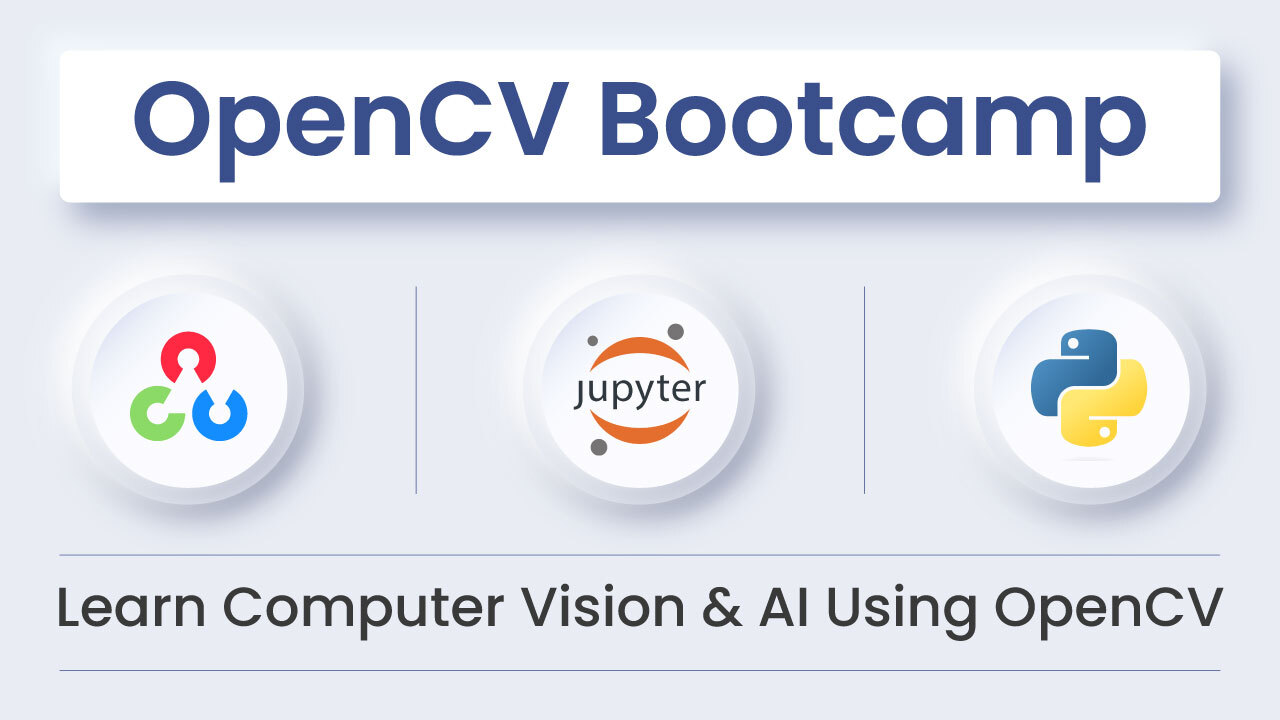

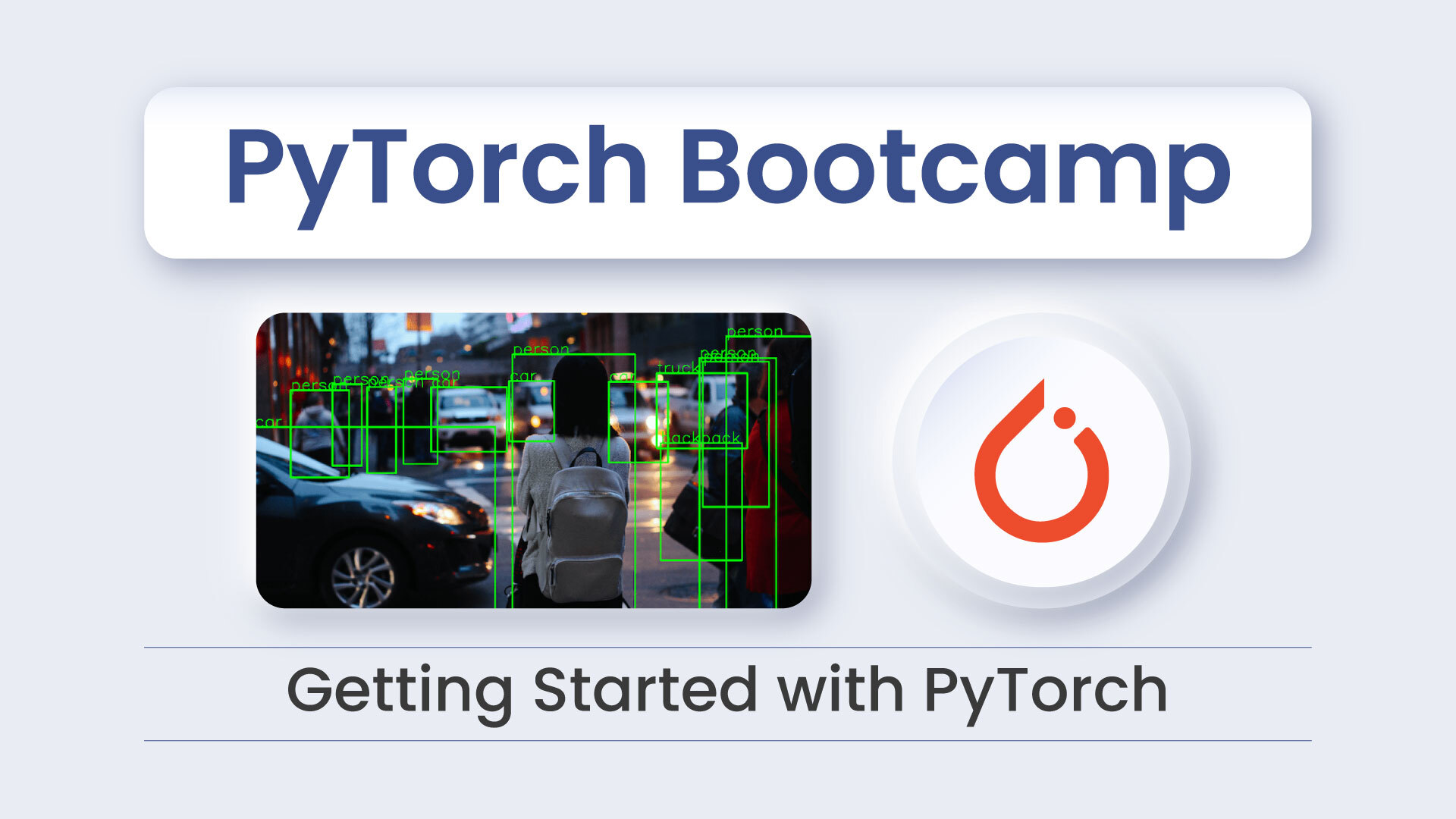


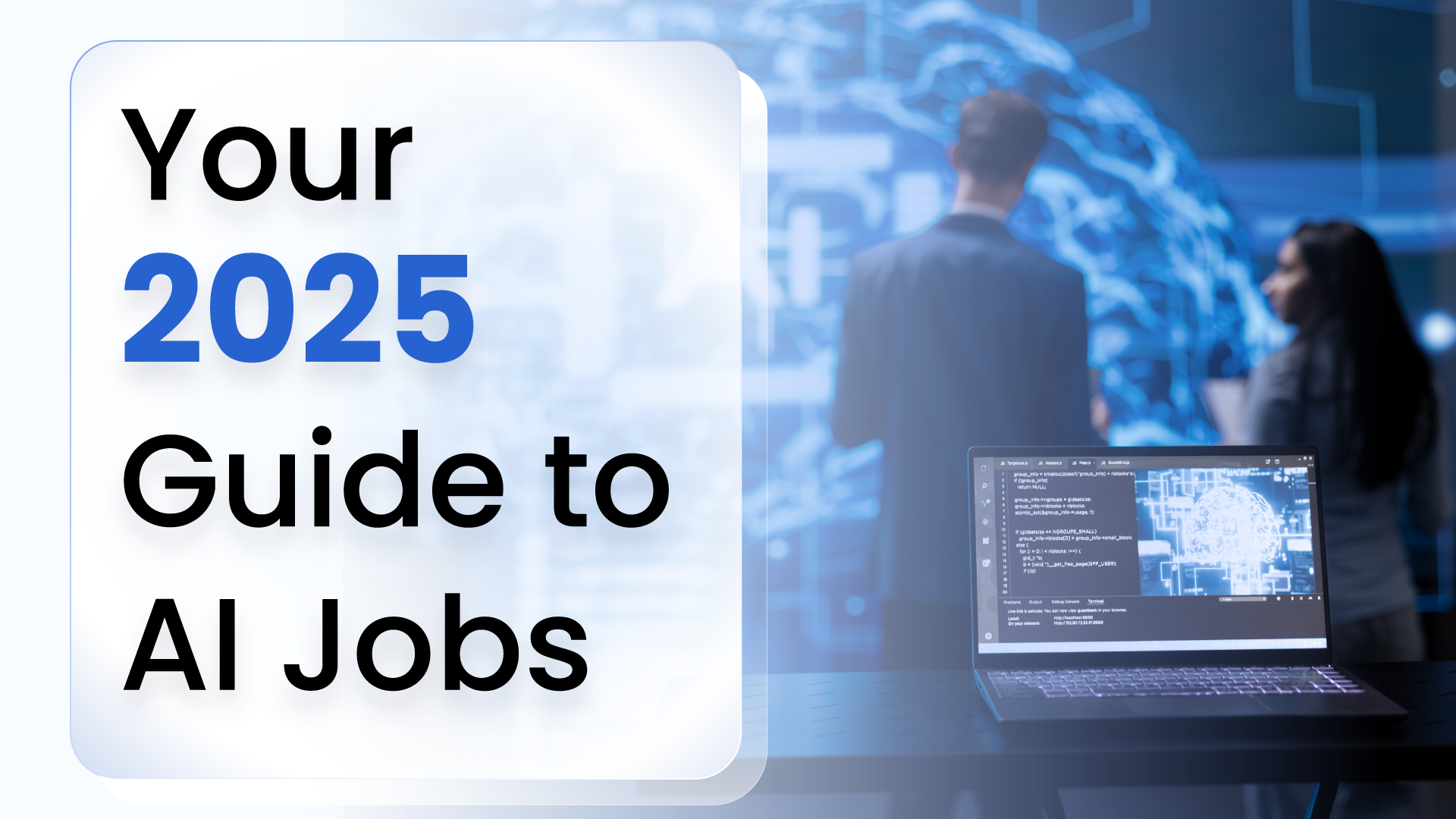
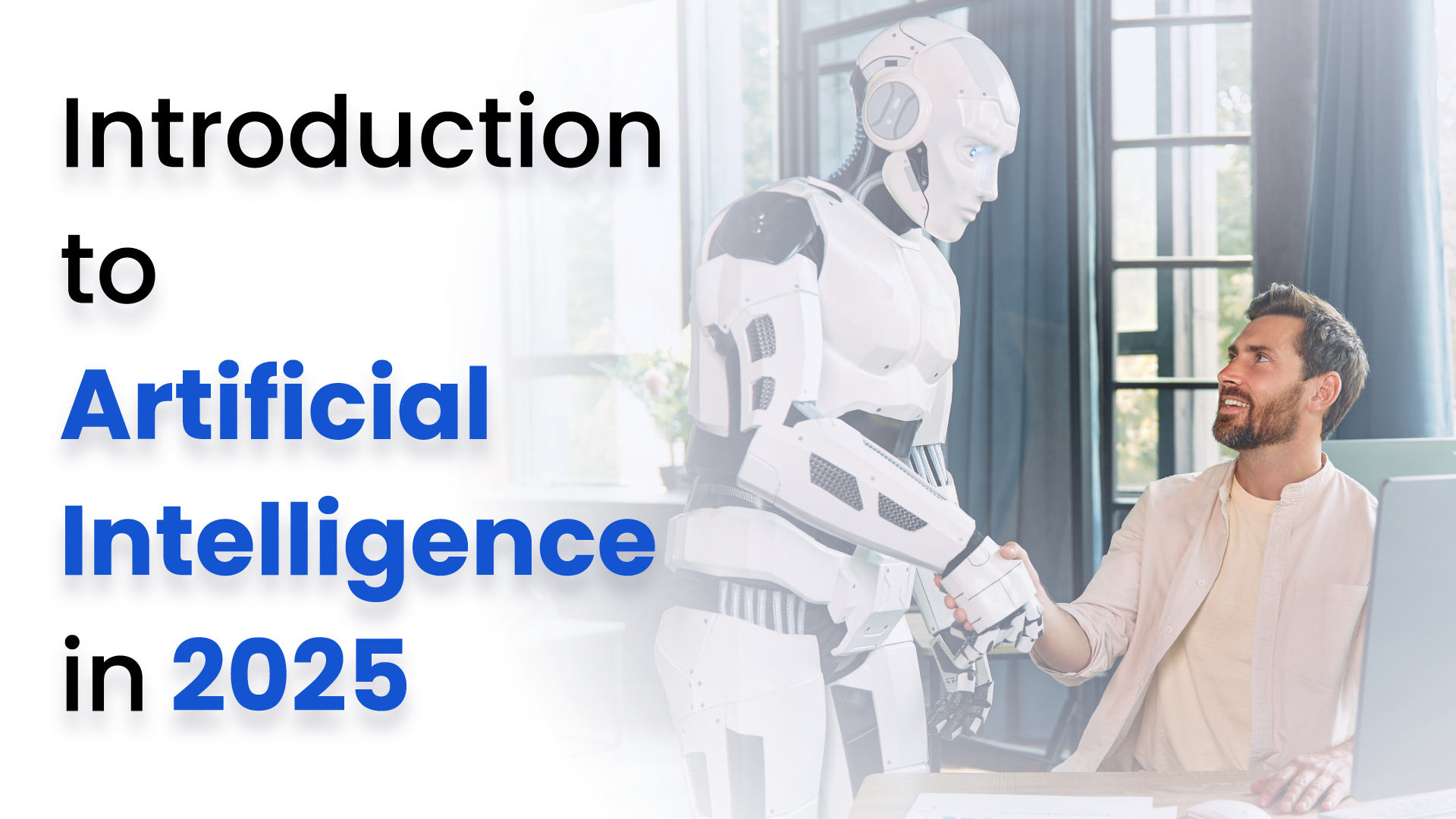
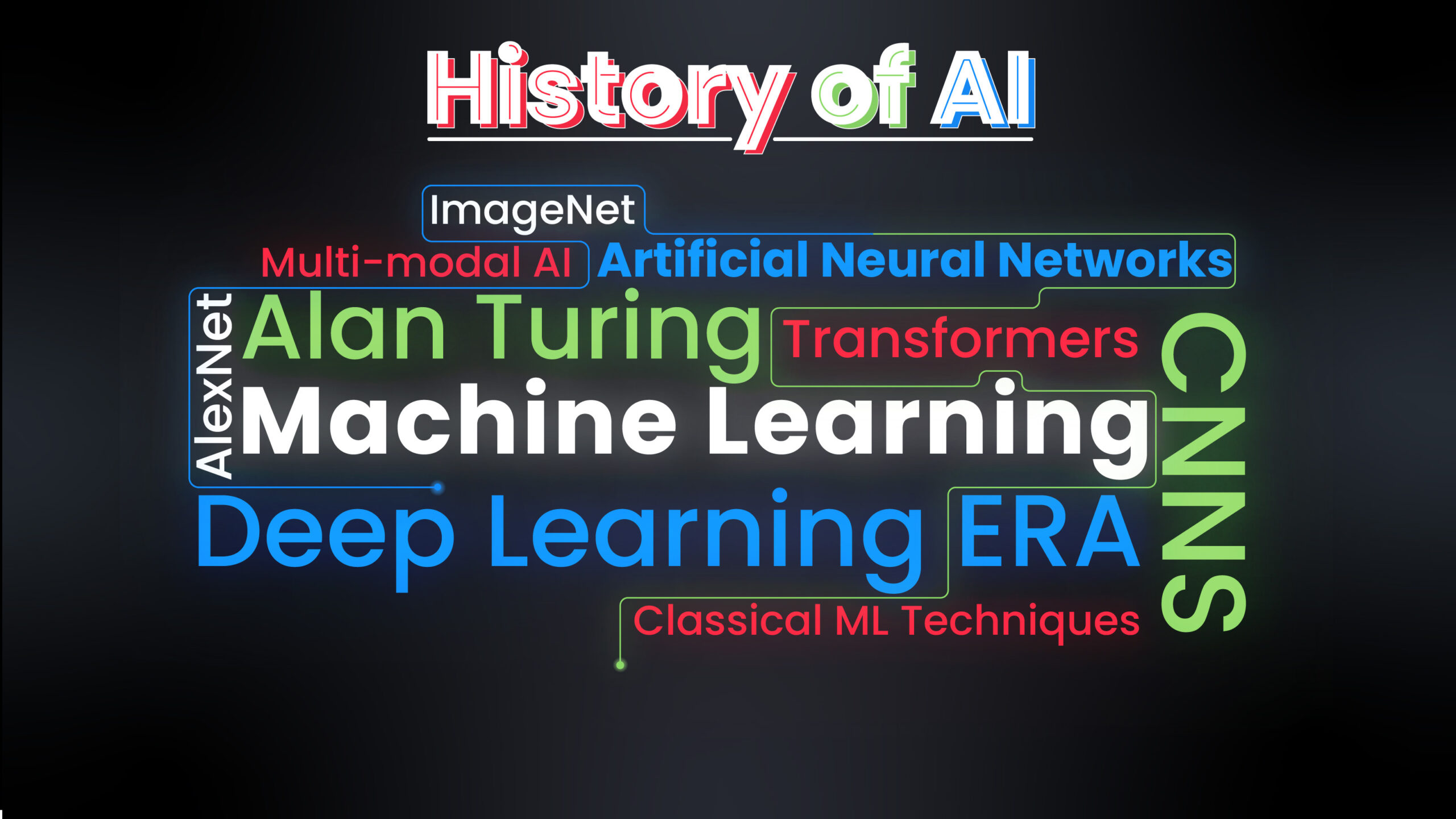

5K+ Learners
Join Free VLM Bootcamp3 Hours of Learning